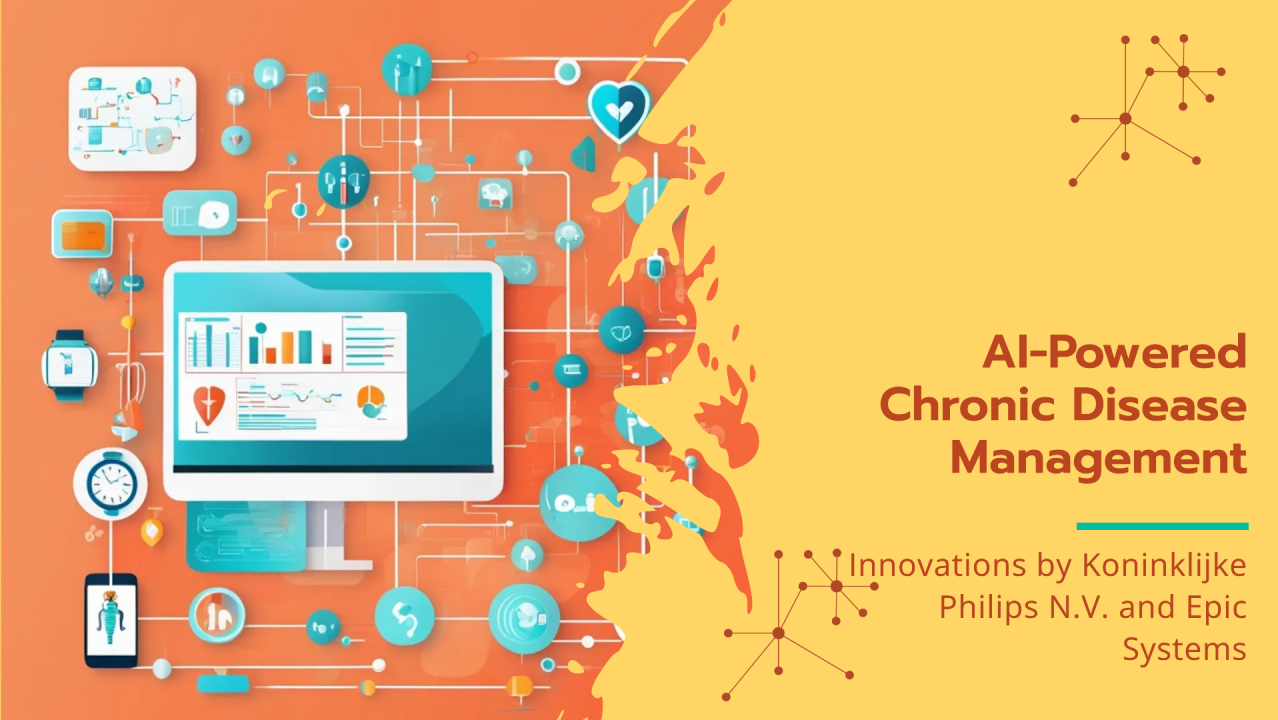Statistics and Market Trends for the Digital Healthcare Market as of 2032
The digital healthcare market is undergoing a transformative phase, with rapid technological advancements and increasing adoption across the globe. This article delves into the key statistics and market trends shaping the digital healthcare landscape as of 2024, with a focus on various regional markets, including Asia-Pacific, Europe, North America, and the Middle East and Africa. We will explore the overall growth, industry share, market research findings, and emerging technologies driving this dynamic sector.
Global Digital Health Market Growth
The global digital healthcare market is estimated to reach a valuation of USD 1.1 trillion by the year 2032 at a CAGR of 22.2% which was valued at USD 167 billion in the year 2021. This robust growth is fuelled by the increasing integration of digital technologies in healthcare, rising consumer demand for telehealth services, and the adoption of electronic health records (EHRs) and mobile health (mHealth) applications. The COVID-19 pandemic has significantly accelerated this trend, highlighting the need for remote healthcare solutions and digital health technologies.
Digital Health Market Research
Comprehensive market research is essential for understanding the dynamics of the digital health market. Key research findings indicate that consumer demand for digital health solutions is driven by factors such as convenience, accessibility, and personalized care. Technological advancements, regulatory support, and increasing healthcare expenditure are also critical drivers. Market research highlights the importance of addressing challenges such as data privacy, interoperability, and digital literacy to ensure sustainable growth.
Regional Market Insights
North America Digital Healthcare Market
North America holds the largest share in the global digital health market. This dominance is attributed to several factors, including advanced healthcare infrastructure, high internet penetration, and significant investment in healthcare IT. The U.S. is the primary driver of this growth, with widespread adoption of telehealth services and a strong emphasis on patient-centered care. The Canadian market is also expanding, supported by government initiatives to enhance digital health services.
Europe Digital Healthcare Market
The Europe digital healthcare market is the second largest, with a substantial market share driven by increasing government support, favorable regulatory frameworks, and a growing aging population. Key countries contributing to this growth include Germany, the UK, France, and Italy. The European Union's emphasis on cross-border healthcare and interoperability standards is fostering the integration of digital health solutions. Telemedicine, EHRs, and mHealth apps are seeing significant adoption, particularly in Western Europe.
Asia-Pacific Digital Healthcare Market
The Asia-Pacific digital healthcare market is experiencing the fastest growth. This rapid expansion is driven by rising healthcare expenditure, increasing smartphone penetration, and growing awareness of digital health benefits. Major markets such as China, India, Japan, and Australia are leading this growth. In China, government initiatives like the "Healthy China 2030" plan are promoting the adoption of digital health technologies. India is witnessing a surge in telemedicine and mobile health applications, supported by a robust tech ecosystem.
Middle East and Africa Digital Healthcare Market
The Middle East and Africa digital healthcare market is gradually expanding, with significant potential for growth. Factors such as improving healthcare infrastructure, increasing internet penetration, and government initiatives are contributing to market development. The UAE, Saudi Arabia, and South Africa are key markets in this region. Telehealth services and mobile health applications are gaining traction, particularly in remote and underserved areas where access to traditional healthcare facilities is limited.
Digital Health Market Trends
Telehealth and Telemedicine
Telehealth has emerged as a cornerstone of digital healthcare, particularly in the wake of the COVID-19 pandemic. The convenience and accessibility of virtual consultations have led to a significant increase in telehealth adoption. Market research indicates that telehealth usage is expected to continue growing. Telemedicine platforms are evolving, offering integrated services such as remote monitoring, virtual visits, and digital prescriptions.
Mobile Health (mHealth) Applications
The proliferation of smartphones and mobile applications is driving the growth of mHealth. These applications enable patients to monitor their health, manage chronic conditions, and access healthcare services remotely. Key trends include the development of AI-powered health apps, fitness and wellness tracking, and patient engagement platforms. mHealth is playing a crucial role in preventive healthcare and chronic disease management.
Electronic Health Records (EHRs)
The adoption of EHRs is increasing globally, driven by the need for efficient data management and improved patient care. EHR systems facilitate seamless information exchange, reducing medical errors and enhancing clinical decision-making. Interoperability and data security are critical focus areas, with advancements in blockchain technology offering potential solutions for secure data sharing.
Artificial Intelligence (AI) and Machine Learning (ML)
AI and ML are revolutionizing the digital health industry by enabling predictive analytics, personalized medicine, and efficient diagnostics. AI-powered tools are being used to analyze large datasets, identify disease patterns, and support clinical decision-making. Key applications include AI-driven diagnostic tools, virtual health assistants, and robotic process automation in healthcare operations.
Wearable Health Devices
Wearable health devices are gaining popularity for their ability to monitor vital signs, track physical activity, and provide real-time health data. These devices are integrated with mobile health apps and telehealth platforms, offering a comprehensive view of a patient’s health. Innovations in sensor technology and data analytics are enhancing the capabilities of wearables, making them essential tools for preventive care and chronic disease management.
Digital Health Industry Share
The digital health industry share is segmented across various product and service categories, including telehealth, mHealth, EHRs, AI and ML, and wearable devices. Telehealth and mHealth hold the largest shares, driven by high consumer adoption and technological advancements. EHRs and AI-driven solutions are also significant contributors, with growing investments in healthcare IT infrastructure and data analytics capabilities.
The digital healthcare market is poised for significant growth, with regional markets in North America, Europe, Asia-Pacific, and the Middle East and Africa contributing to the global expansion. Emerging trends such as telehealth, mHealth applications, EHRs, AI, and wearable devices are transforming the healthcare landscape. As the industry continues to evolve, it is essential for stakeholders to stay abreast of market trends, invest in innovative technologies, and address challenges to harness the full potential of digital health. The future of healthcare is digital, offering promising opportunities for improved patient outcomes and enhanced healthcare delivery.
For more information visit at MarketResearchFuture
Other Trending Reports



